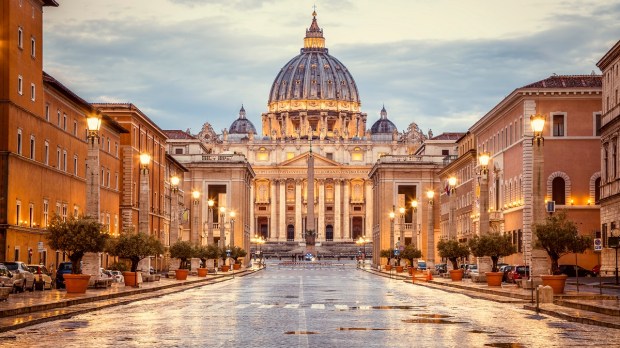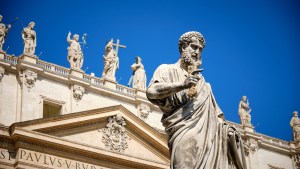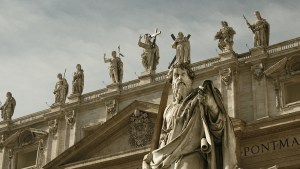The Vatican stands as a symbol of spiritual (and temporal) power within the heart of Rome. But beneath its colonnade, its museums, and the imposing Basilica, lies a relatively unknown history that dates to the 1st century of the Christian era. It is believed that the Vatican was built on top of Caligula’s Circus, an ancient Roman chariot-racing stadium, and over the centuries successive constructions have transformed the site into the religious and administrative center it is today.
Caligula’s Circus (also known as the Circus of Nero) was built during the reign of the infamous Emperor Caligula in the 1st century AD. It was a massive entertainment complex, featuring an oval arena where chariot races, athletic contests, and other spectacles were held. The Circus was located on Vatican Hill, one of Rome’s seven hills, and covered a vast area.
The original Circus was gradually abandoned until it fell into disrepair following Caligula’s death. It wasn’t until the 4th century that Constantine decided to build a grand basilica on the site.
The first basilica, known as Old St. Peter’s Basilica, was constructed between the years 319 and 333. It soon became the focal point of Christianity and the final resting place of St. Peter. The basilica stood for over a millennium, witnessing various historical events, including the coronation of several popes and the crowning of Charlemagne as Holy Roman Emperor.
However, by the 15th century, Old St. Peter’s Basilica was no longer able to accommodate the growing number of pilgrims visiting Rome. In 1506, Pope Julius II initiated the construction of a new basilica – the magnificent St. Peter’s we know today.
The construction of the new basilica spanned several centuries and involved the work of some of the greatest artists and architects of the 16th century: Donato Bramante, Michelangelo Buonarotti, and Lorenzo Bernini. The old basilica was gradually demolished to make way for the new structure, and the remains of the original Circus of Nero were buried beneath the foundations of the new basilica.
But the Vatican’s transformation didn’t end with the construction of St. Peter’s Basilica. The Vatican Museums, which house a vast collection of art and historical artifacts, were established in the 16th century. The Sistine Chapel, renowned for its breathtaking frescoes by Michelangelo, also became an integral part of the Vatican complex. Over the centuries, various popes commissioned additional projects, expanding and enhancing the Vatican City complex.



